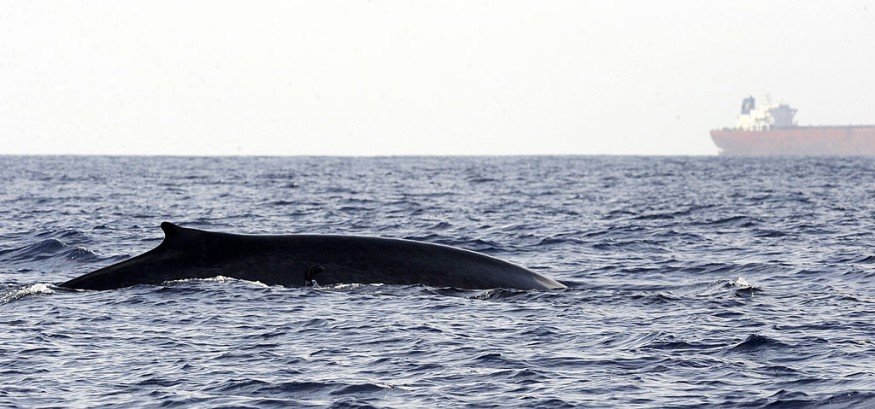
Having spent two decades listening to their unique calls and songs, Australian scientists and their worldwide partners have discovered that Antarctic blue whales, the largest mammals to have ever lived, are increasingly regularly crossing across the Southern Ocean.
Audio Recorded
The largest mammal on Earth is the blue whale, which can grow to a length of 30 meters and a weight of 200 tons, which is equivalent to a Boeing 787. However, their position is revealed by the sound they emit rather than by their size.
According to senior research scientist Brian Miller of the Australian Antarctic Division, an analysis of thousands of hours of audio recorded using underwater microphones and repurposed military-issued submarine listening devices indicates that whale populations are either stable or increasing.
"We can tell you where they're frequenting; we can tell you that we're hearing them more often. So that's progress," he added.
A recent report that compiled the results of seven cruises conducted by Australian and foreign researchers during that time found that whale sounds were becoming more frequent in the Southern Ocean between 2006 and 2021.
The team has been at sea for more than eight months, covering over 145,510 kilometers on seven missions, and has collected around 3,900 hours of sound data from listening stations located throughout Antarctica.
They are assembling information about the distribution, abundance, and behavior of the animals using this data in conjunction with other research techniques like artificial intelligence, drones, photography, video tracking, satellite tracking, and DNA samples.
Sonobuoys are among the most economical methods for researching blue whales, according to Dr. Miller, yet listening alone cannot teach us anything.
Every sonobuoy is equipped with a hydrophone that uses a VHF radio link to send real-time sound waves back to the ship.
The team can lead the whales and then use other instruments to pinpoint their exact location once they have been alerted to their cries.
The study, which was just published, concentrated on recordings of loud, low-frequency "songs" that were unique to Antarctic blue whales, namely the "Z-call" and a variant of the Z-call called "Unit-A."
The non-song "D-call," which is produced by all blue whale populations, was also examined in the study.
While song calls are only made by male whales, D-calls are assumed to be social cries made by both male and female whales on feeding grounds.
Passive Acoustic Monitoring
In light of climatic change and growing pressure from krill fishing, the researchers stated that further research is necessary to fully comprehend the interaction between whales and krill, their primary food supply.
This would entail a variety of novel research techniques, such as deploying a fleet of unmanned vehicles fitted with hydrophones to locate whales and other equipment to observe their prey.
Hydrophone accelerometry tags, which record calls and monitor swim speeds, are another tool that scientists can use to study the relationship between foraging rates and vocalization type and quantity in whales.
"Passive acoustic monitoring is poised to play a crucial role in future research addressing knowledge gaps about Antarctic blue whales," Dr. Miller said.
Although whales migrate all over the world, they spend half of their year in the Antarctic Sea. They also go north, toward Australia, South Africa, South America, and even across the equator.
Because of their dispersion, experts from all over the world have been interested in the research, which Miller believes will advance the conservation efforts of the International Whaling Commission.
© 2026 NatureWorldNews.com All rights reserved. Do not reproduce without permission.





